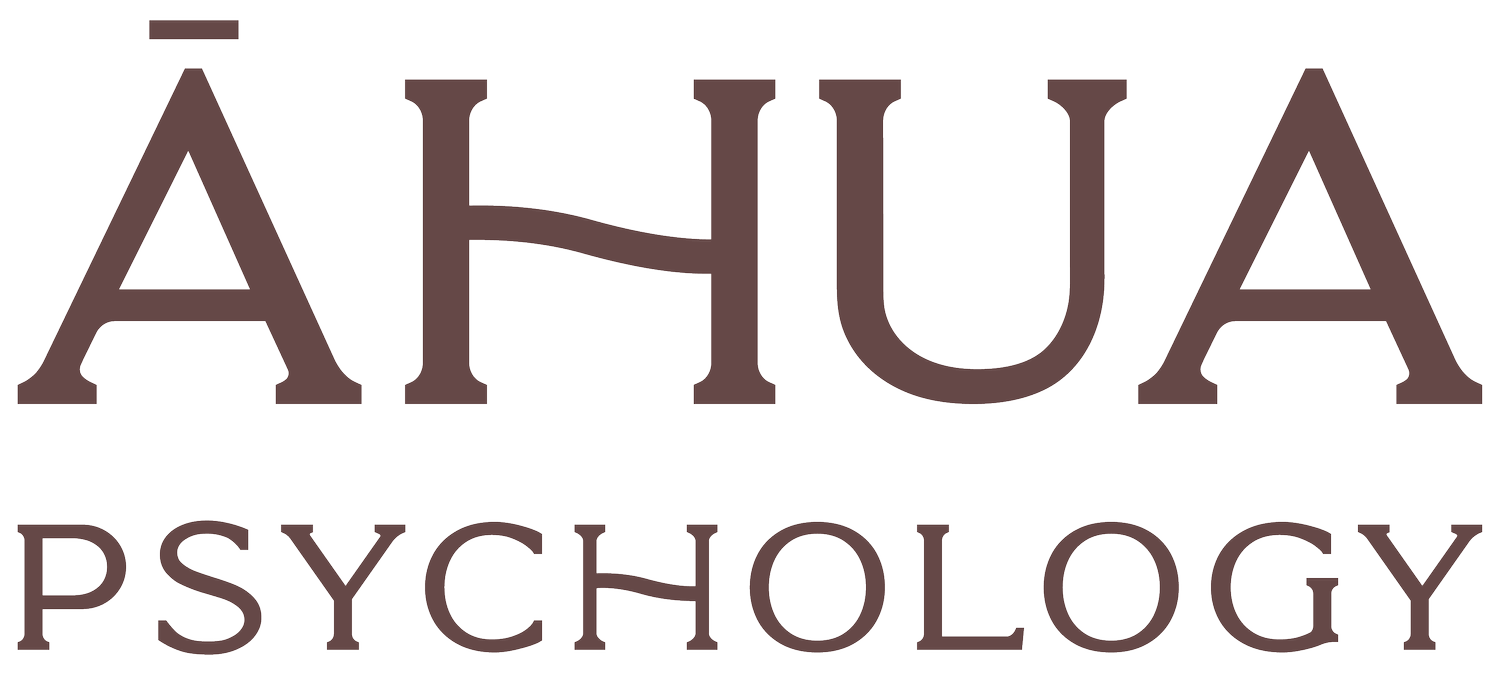Calm Your Mind in as Little as 2 Breaths with the Physiological Sigh
Using the mind to change the mind can be counterproductive, much like trying to extinguish a fire with more flames.
That's why I appreciate somatic techniques that tap into the body to help calm and centre the mind.
By engaging the body, we can activate areas of the brain, such as the prefrontal cortex and the executive functioning centres, allowing us to process and resolve our thoughts more effectively. Making it easier to navigate stressful situations!
The physiological sigh is a simple yet effective breathing technique that can significantly enhance emotional regulation and a sense of calm. It can be used anywhere, at any time, and has shown to be effective in reducing stress in as little as 2 breaths (Balban et al., 2023).
You can find Balban’s et al. (2023) research here which suggests the physiological sigh to be more effective than other breathing & mindfulness techniques.
To perform a physiological sigh, follow these steps:
Inhale Deeply: Take a deep breath in through your nose for a count of two, filling your lungs completely.
Double Inhale: Follow this with a shorter, second inhale to fully expand your chest.
Exhale Slowly: Exhale slowly and deliberately through your mouth for a count of six.
Repeat this cycle 2 - 4 times – or more.
As you practise, you may notice your heart rate decreasing and your mind quieting, allowing you to regain control in moments of distress or anxiety.
What to give it ago? Breathe with me here.
When can I use this technique? The physiological sigh is particularly effective during acute stress, in the heat of the moment —whether you're facing a confrontation, or feeling overwhelmed by daily demands, or simply unwinding after a long day.
How exactly does this work?
Physiological sighs are our bodies natural response to relieve stress. These sighs often occur instinctively to help reset our breathing, release built-up tension, and reduce stress by expelling excess carbon dioxide from the body.
But we can also voluntarily perform a physiological sigh to quickly lower our stress levels.
The physiological sigh has been shown to activate specific neural circuits in the brain involved in emotional regulation promoting a rapid return to calm.
These brain circuits involve:
Prefrontal Cortex: This region is involved in executive functions like decision-making and emotional regulation. Aiding better decision making and problem solving when under stress.
Amygdala: Responsible for processing emotions, particularly fear and stress. Sighing can help reduce its activation, promoting a sense of calm.
Hippocampus: Involved in memory and emotional responses, it can also benefit from regulated breathing, enhancing the ability to manage stress.
Vagus Nerve: This nerve plays a crucial role in the parasympathetic nervous system, helping to lower heart rate and promote relaxation.
For those who like to know exactly how something works, here’s a little more detail for you.
CO2 Accumulation: When we experience stress, our body often shifts into a fight-or-flight state, leading to shallow, rapid breathing. This can cause carbon dioxide (CO2) to build up in the bloodstream, as we’re not exhaling fully. Elevated CO2 levels can result in feelings of anxiety, restlessness, and can even lead to physical symptoms like dizziness or tightness in the chest.
Alveoli Function: The alveoli are tiny air sacs in the lungs responsible for gas exchange. When we don’t breathe deeply enough, some of these alveoli can become deflated, reducing their efficiency. This means less oxygen enters the bloodstream and less CO2 is expelled, perpetuating the cycle of stress and discomfort.
Double Inhale and Exhale: The physiological sigh involves a deep inhale (which can expand the lungs and reinflate the alveoli) followed by a quick inhale and a long, slow exhale. This double inhale allows for more air to enter the lungs, effectively increasing oxygen intake and promoting the release of built-up CO2. The slow exhale activates the parasympathetic nervous system, which helps to calm the body and mind.
Stress Relief: By utilizing the physiological sigh, we can counteract the negative effects of stress. The deep inhalation increases oxygen levels, while the controlled exhalation helps to normalize CO2 levels. This not only improves physical sensations of stress but can also enhance emotional well-being, fostering a sense of calm and reducing anxiety.
Incorporating breathing techniques like the physiological sigh into your daily routine and during moments of distress can help you to better navigate life’s challenges as well as promote a deeper connection with your body and it’s needs.
The thing I love most about this technique is that it’s accessible when you need it most, and it doesn’t require a significant pause in what you are doing in order to be effective.
For more info, I recommend listening to Huberman’s podcast HERE (Huberman is a neuroscientist who was part of the research cited in this blog). For a more condensed explaination, listen HERE.
What to give it ago? Breathe with me here.

